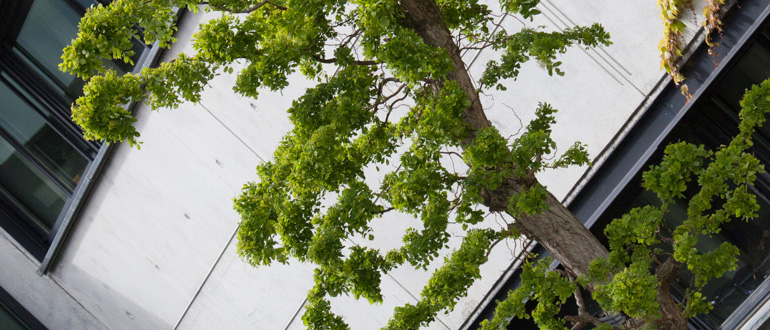Summary
The purpose of this paper is to illustrate how organizing can enable innovation. Based on Weick’s (1995) concept of ‘organizing’, the effects of the creativity theories developed by C. G. Jung (1942) and expanded by M. Czsikszentmihalayi (1997) are tested along with the control elements created by J. Child (2005) in a specific network example within 33 SME food producing companies in the rural area of South Jutland, Denmark.
The network aims to create financially sustainable growth through innovation. Here the example shows promising opportunities to enable innovation through organizing the external and internal preferences and connections. Preferences are to be understood as the actions the participants prefer, and connections are to be seen as the collaborations the participants establish. This essentially means organizing the ‘tension’ (Weick 1995) between new ideas and control. An important issue in the ‘tension’ is found to be learning and the underlying focus on interpretation of preferences and connections in the network.
The contribution of the paper is to show the correlation between organizing, tension, learning, and the underlying preferences and connections and to show how this connection can be applied to enable innovation. The findings are gathered into recommendations of organizing connections and preferences, and a ‘wind mill model’ is developed to support these recommendations.
